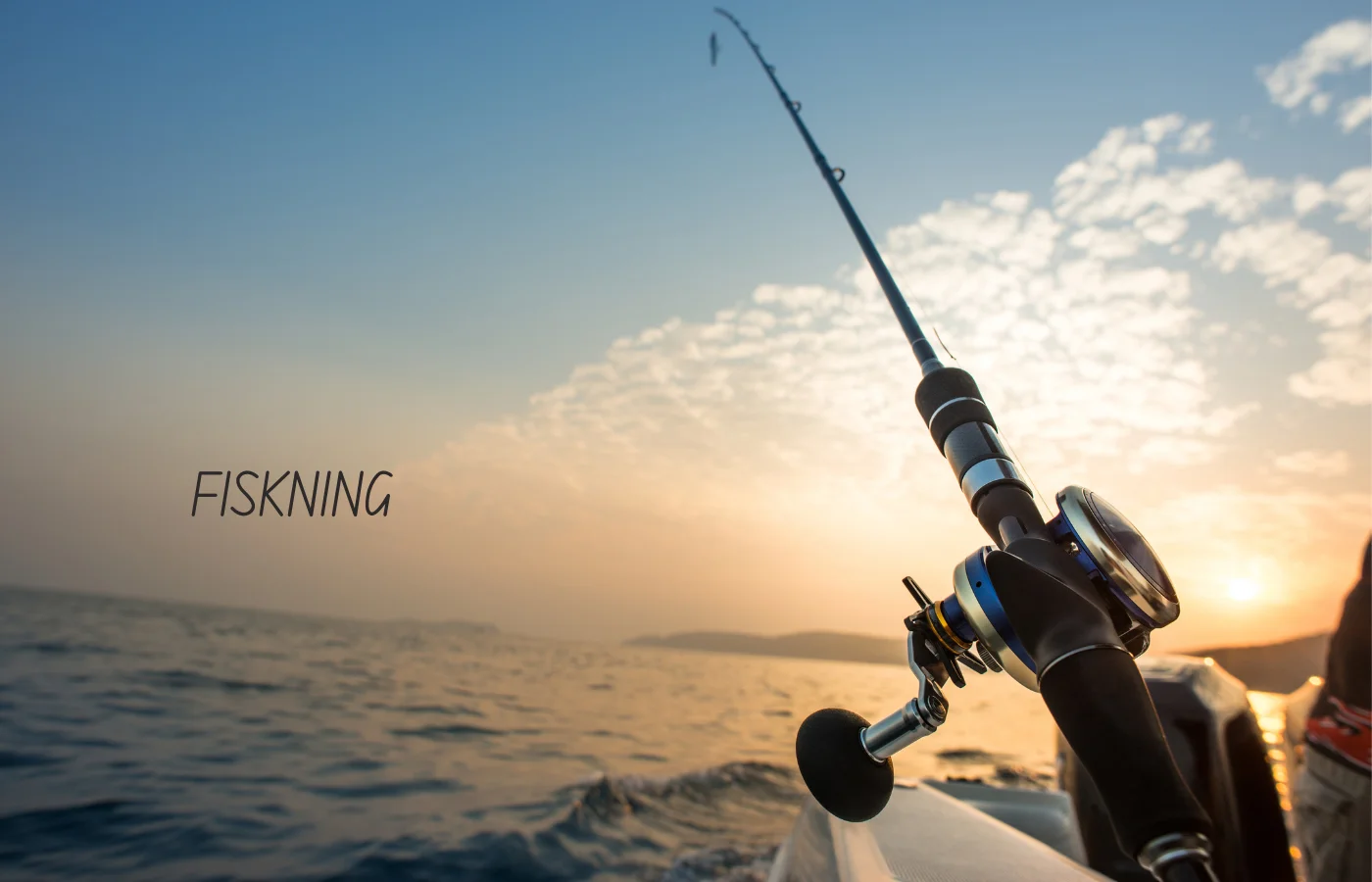Fiskning, the Swedish term for fishing, is more than just a recreational activity; it’s a way of life for many. Whether you’re a novice looking to try your hand at this age-old practice or an experienced angler seeking new insights, understanding fiskning in its full context can enhance your experience. This guide delves into the essentials of fiskning, covering techniques, equipment, safety tips, and environmental considerations.
The Rich Tradition of Fiskning
Fishing in Sweden is steeped in tradition, dating back thousands of years. The country’s vast network of lakes, rivers, and coastal waters has made it a prime location for fishing. Historically, fishing was a crucial part of survival and a primary source of sustenance for many communities. Today, while it remains a vital industry, recreational fishing has also gained popularity, drawing enthusiasts from around the globe.
Essential Equipment for Fiskning
Before you embark on your fishing adventure, it’s essential to have the right equipment. Here’s a rundown of the basic gear you’ll need:
- Fishing Rod and Reel: Choose a rod and reel that suits the type of fishing you plan to do. For beginners, a medium-action rod is versatile and easy to handle.
- Fishing Line: Different types of fishing lines are suited for various conditions. Monofilament lines are great for beginners due to their versatility and ease of use.
- Hooks, Sinkers, and Floats: These are crucial for setting up your line. Ensure you have a variety of sizes to match different fishing conditions and target species.
- Bait and Lures: Live bait like worms and minnows are effective, but artificial lures can also be highly productive.
- Fishing License: In Sweden, a fishing license is required for most types of fishing. Make sure to obtain the appropriate license to avoid fines.
Popular Fishing Techniques
Fiskning encompasses various techniques, each suited to different environments and target species. Here are some of the most popular methods:
- Fly Fishing: This technique involves using a lightweight lure, or “fly,” to mimic the appearance of insects. It’s particularly effective in freshwater environments for catching species like trout and salmon.
- Spinning: Spinning is versatile and can be used in both freshwater and saltwater. It involves casting a lure and retrieving it to attract fish.
- Ice Fishing: Popular in the colder months, ice fishing involves drilling a hole in the ice and dropping a line into the water below. It’s a unique and rewarding experience but requires special equipment and safety precautions.
- Trolling: Trolling involves dragging a baited line or lure behind a moving boat. This technique is commonly used in larger bodies of water to catch fish like pike and walleye.
Safety Tips for a Successful Fishing Trip
Fishing is a relaxing and enjoyable activity, but it’s important to prioritize safety. Here are some essential safety tips:
- Check the Weather: Always check the weather forecast before heading out. Sudden changes in weather can be dangerous, especially if you’re on a boat.
- Wear a Life Jacket: If you’re fishing from a boat, wearing a life jacket is crucial. Ensure it fits properly and is in good condition.
- Stay Hydrated and Protected: Bring plenty of water, sunscreen, and insect repellent. Exposure to the elements can lead to dehydration and sunburn.
- Know Your Limits: Don’t venture too far from shore if you’re not an experienced swimmer or boater. It’s important to fish within your comfort zone.
Environmental Considerations
Respecting the environment is a fundamental aspect of fiskning. Sustainable fishing practices help preserve aquatic ecosystems and ensure that future generations can enjoy fishing. Here are some ways to fish responsibly:
- Follow Regulations: Adhere to local fishing regulations, including catch limits and size restrictions. These rules are in place to protect fish populations.
- Catch and Release: If you’re not planning to eat your catch, practice catch and release. Handle fish gently and return them to the water promptly to minimize stress and injury.
- Clean Up: Always clean up after yourself. Dispose of fishing line, hooks, and other debris properly to prevent harm to wildlife.
- Respect Wildlife: Avoid disturbing wildlife and their habitats. Maintain a respectful distance from nesting birds and other animals.
Popular Fishing Spots in Sweden
Sweden is home to some of the best fishing spots in the world. Here are a few must-visit locations:
- Lake Vänern: As the largest lake in Sweden, Lake Vänern is renowned for its abundant fish species, including pike, perch, and salmon.
- The Archipelago: The Stockholm Archipelago offers excellent opportunities for sea fishing. You can catch species like herring, cod, and sea trout.
- River Mörrum: Famous for its salmon fishing, the River Mörrum attracts anglers from all over the world. The best time to visit is during the salmon season from March to September.
- Lake Vättern: This deep lake is known for its clear waters and large populations of char, trout, and zander.
Fishing Etiquette
Good fishing etiquette ensures a pleasant experience for everyone. Here are some key points to keep in mind:
- Respect Other Anglers: Give other anglers plenty of space and avoid casting too close to their lines.
- Share Knowledge: If you see someone struggling, offer tips and advice. Fishing is a community activity, and sharing knowledge enhances the experience for all.
- Be Patient: Fishing requires patience. Avoid loud noises and sudden movements that can scare fish away.
- Report Violations: If you witness illegal fishing activities, report them to the authorities. Protecting fish populations is a collective responsibility.
Conclusion
Fiskning is a rewarding activity that offers a deep connection to nature. Whether you’re fishing for sport, relaxation, or sustenance, understanding the basics and respecting the environment is key to a successful fishing experience. By following the tips and guidelines outlined in this guide, you’ll be well-prepared to enjoy the many joys of fiskning. So grab your gear, head to the water, and cast your line into the exciting world of fishing. Happy fishing!


